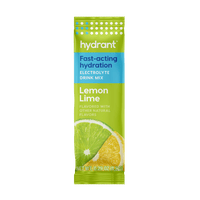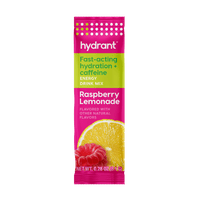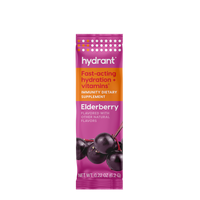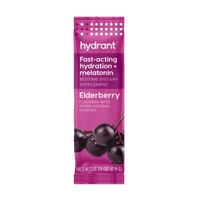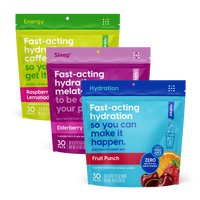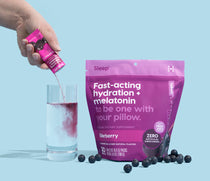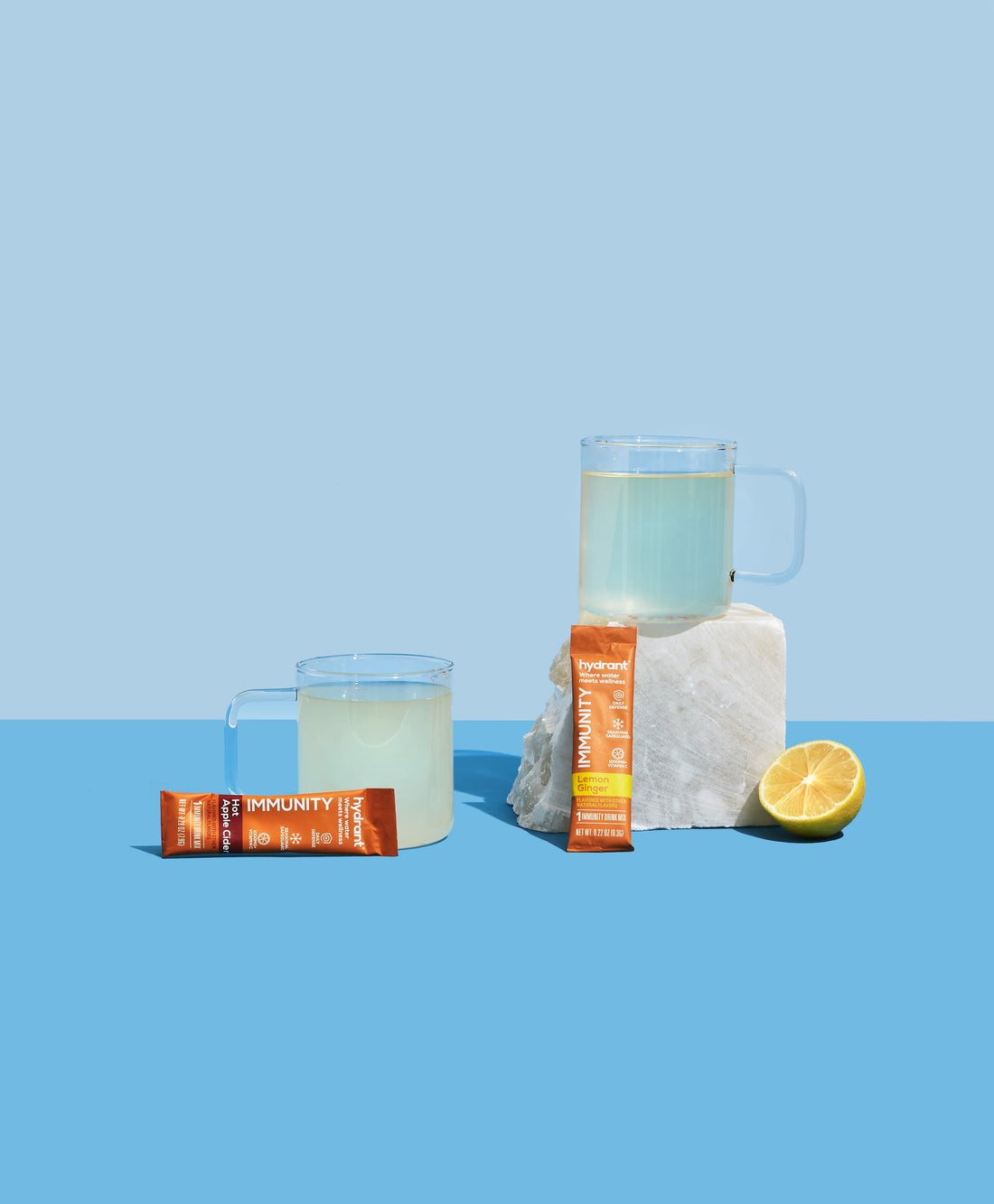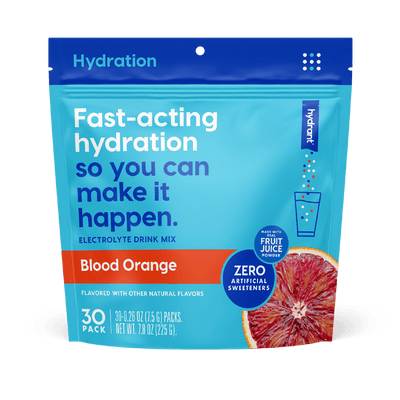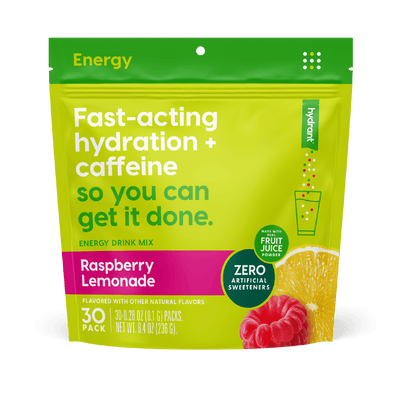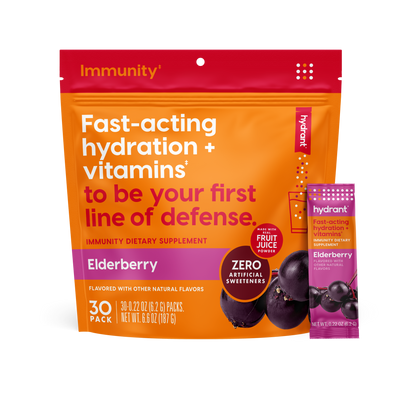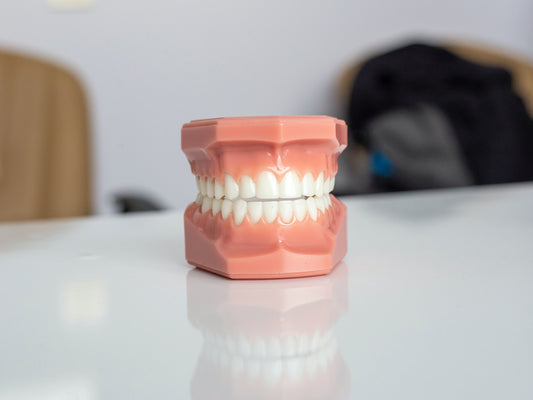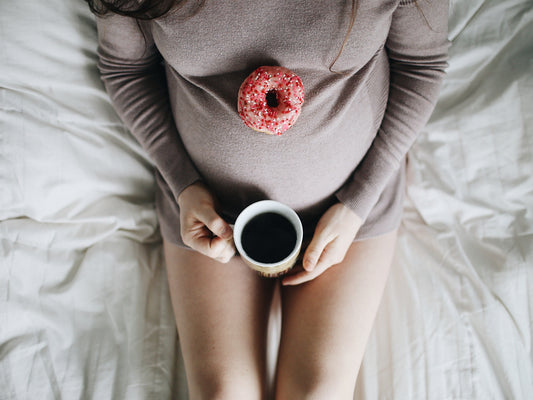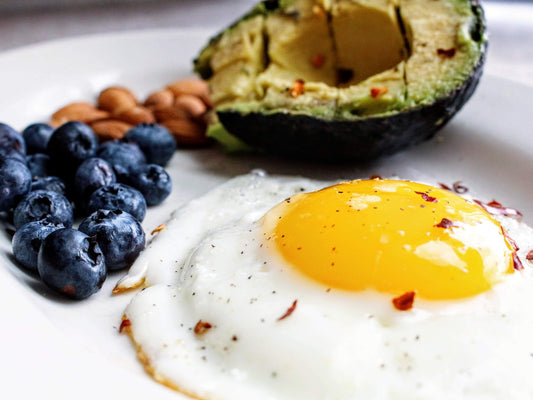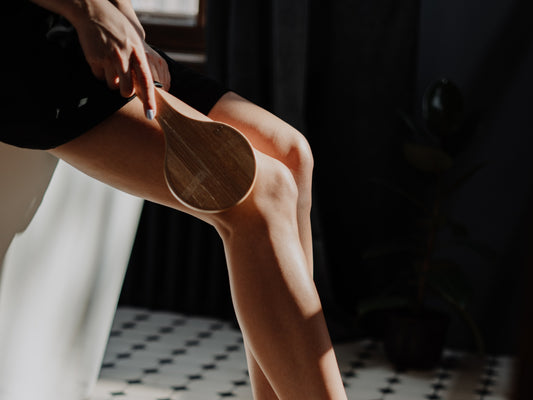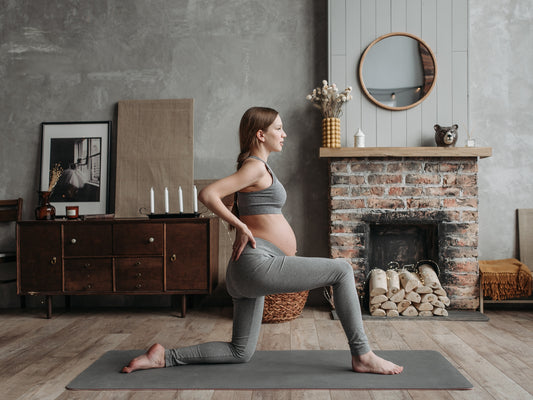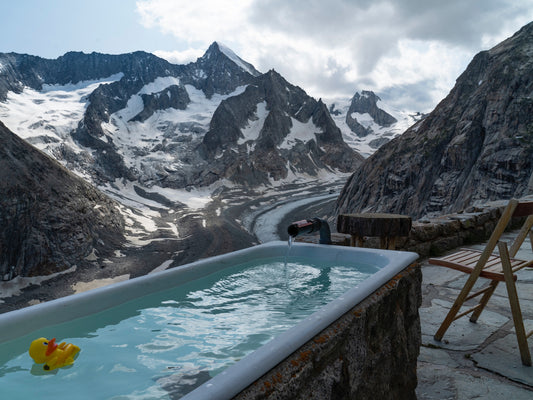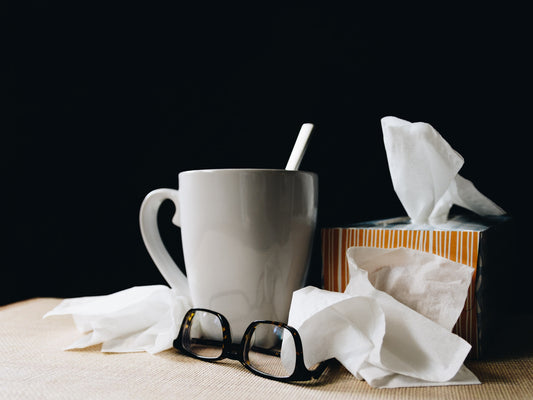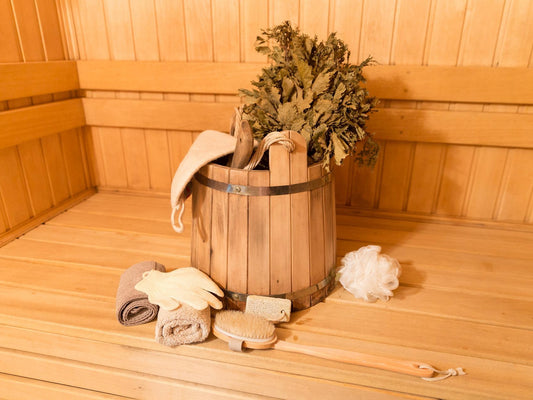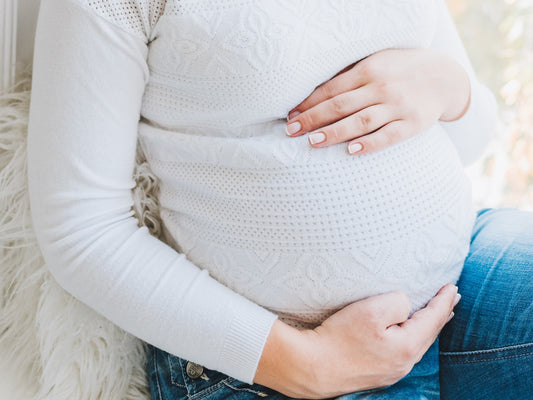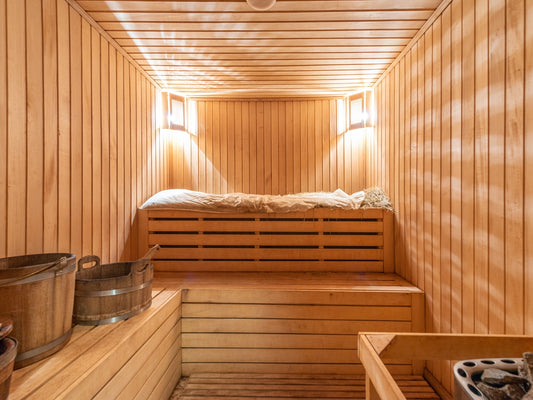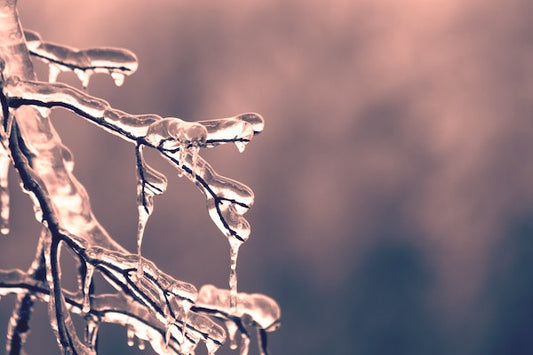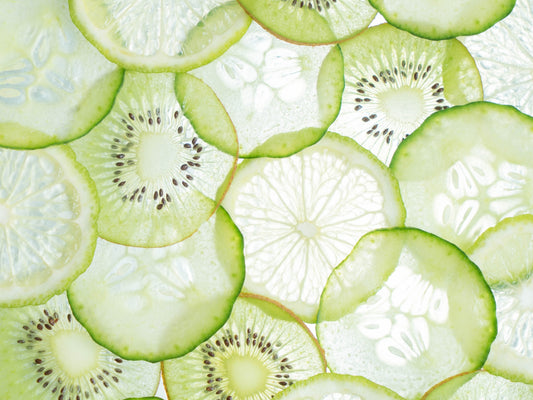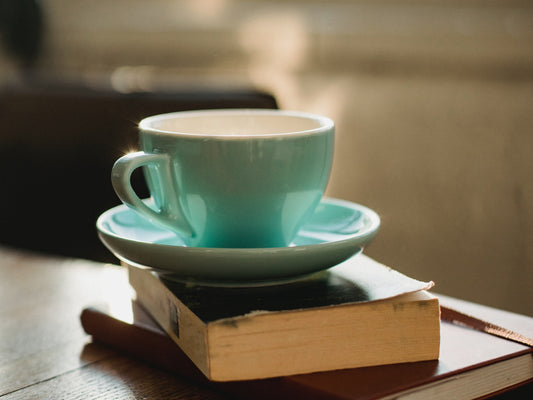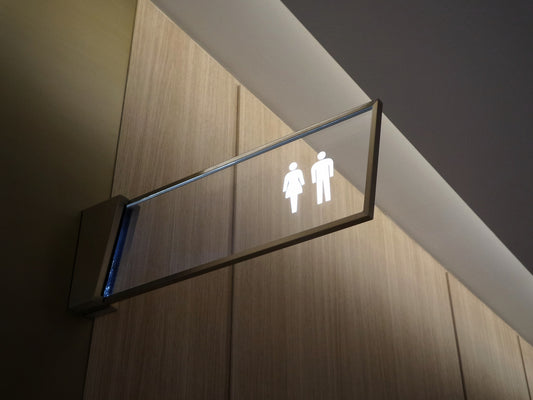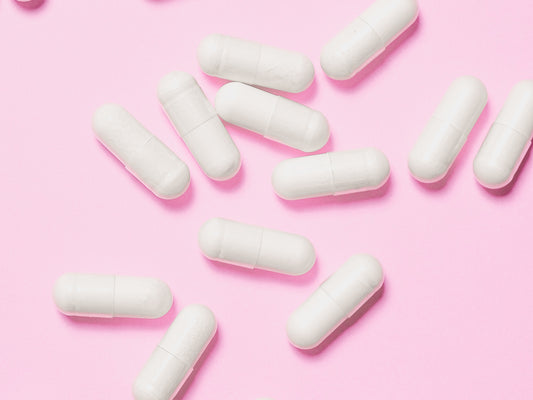Do you drink enough water on a daily basis?
If you’re like the average American, you’re probably only drinking about half as much water as your body needs [1]. As a result, you could be walking around dehydrated without even realizing it!
One of the best (and fastest) ways to see if you’re dehydrated is known as the urine test.
Never heard of this test before? Not sure what the link is between urine color and dehydration? Read on to find out.
What Is the Urine Test?

Basically, the urine test requires you to look at the color of your urine (you can just glance into the toilet bowl, no need to urinate into a cup). Then, use that color as a tool to determine how hydrated or dehydrated you are.
Who knew you could learn so much from something as simple as your urine color?
Dehydration and Urine Color: What Does It Mean?
There are lots of different dehydration and urine color charts that you can reference to measure your hydration. Here’s a basic breakdown of what the different shades of yellow can mean:

Transparent
Is your urine clear? If there’s no color in your urine at all, it’s likely that you’re actually overhydrating.
That’s right. It’s possible to drink too much water.
When you overhydrate, you run the risk of electrolyte depletion because you’ll be urinating too often. In case you didn’t know, the average number of trips to the bathroom for an adult ranges from 4-10 [2]. If you’re urinating more often than this, your urine is probably on the clear side.
Most people won’t find themselves in this situation (especially if you’re reading an article to find out if you’re dehydrated!) but it’s still important to be aware of the potential risk.
Remember, you can have too much of anything, even something as essential to survival as water.
Light Yellow
Ideally, your urine color will be light yellow, like a glass of lemonade. That shade of yellow is a sign that you’re well-hydrated but aren’t drinking too much water. Keep it up!
Medium Yellow
Let’s say your urine is a little darker, similar to the shade of a light beer. For most people, that’s also okay.
Typically, folks find that they feel well and don’t experience any signs of dehydration (more on that later) when their urine is this color. Everyone’s different, though, and some need to make sure their urine stays in the light yellow range to feel their best.
Amber
If your urine is an amber color (think of the substance that the mosquito was encased in in Jurassic Park), that’s a sign that you’re starting to become dehydrated.
It’s not necessarily dangerous at this point. However, if your urine is this color and you don’t start drinking water soon, you could be increasing your risk of experiencing more serious dehydration symptoms.
What causes your urine to change to this darker shade? Basically, when your body isn’t receiving as much water as it needs, it’ll hang on to what’s left.
As a result of this natural storage mechanism, there’s less water available for mineral and chemical dilution. This causes your urine to become more concentrated and take on a deeper color when it leaves the body [3].
Brown
If your urine is brown or dark orange in color, that’s a sign of severe dehydration and electrolyte imbalances.
This level of dehydration can happen if you’re consistently not drinking enough water day after day. If you reach this point, it might also be because you’ve been sick and dealing with vomiting or diarrhea. Consult a medical professional if you start to feel unwell and your urine is this color, as it may be a sign of severe dehydration.
Other Dehydration Warning Signs
If you consult a urine color chart for dehydration and find that your urine is in the amber or brown neighborhood, you need to make hydration a priority as soon as possible.

Urine color isn’t the only thing to take into account, though. There are some other warnings signs to be aware of when it comes to dehydration, including the following:
- Dry mouth
- Swollen tongue
- Headaches
- Decreased urine output
- Fatigue
- Sugar cravings
- Confusion
- Dizziness
- Heart palpitations
- Fainting
- Muscle cramps
If you’re experiencing any of the symptoms listed above and notice that your urine is darker than is ideal, it’s time to start taking your hydration more seriously.
Causes of Dehydration
The most obvious cause of dehydration, of course, is not drinking enough water throughout the day.
For the record, “enough” water is subjective. As a general rule, though, it’s best to aim for around 15.5 cups per day for men and 11.5 cups per day for women [4].
There are other issues that might increase your risk of dehydration or cause you to require more water. The following are some of the most common ones [5]:
- Excessive sweating
- Illnesses that cause diarrhea or vomiting
- Fever
A good rule of thumb to follow is to keep an eye on balance. If you lose fluids through sweating or vomiting, it’s a good idea to always find ways to replenish to keep your body balanced and hydrated.
Tips for Improving Hydration
Do any of the symptoms of dehydration mentioned above resonate with you? Is your urine often darker than is ideal? Do you struggle with headaches, fatigue, or a chronically dry mouth?
If you’re underhydrated, it may be time to make a few changes to your routine. Here are some tips to help you improve your hydration levels:
Be Proactive
Be proactive about your water consumption so you can make sure your urine color stays in the proper range. One of the best ways to be proactive about your water intake is to drink a glass of water with every meal or snack. It doesn’t matter if you drink it before or after. Don’t like the taste of plain water? Grab one of our lightly flavored electrolyte mixes to help make your water taste better and hydrate yourself.
Let’s say you’re a woman who’s aiming for 11.5 cups of water per day. There are 8 ounces in a cup. If you drink a 16-ounce glass of water with each meal or snack and have 3 meals and 2 snacks throughout the day, you’ll have almost hit your water goal from this strategy alone.
Set an Alarm
Do you have a hard time remembering to drink water? If so, setting an alarm on your phone can be another helpful trick. You could set an alarm to go off every two hours, for example. When that alarm goes off, drink one or two cups of water and then get back to work. Or use it as an excuse to take a quick walk around your workspace, get some steps & stretches in, and rehydrate before heading back to work.

At first, the idea of constantly having alarms go off to remind you to drink might be annoying. After a while, though, you may get used to them, and pretty soon, you’ll find yourself remembering to drink even if you don’t set your alarms.
Add Flavor
You don’t have to drink plain old water from the tap. If the idea of plain water doesn’t appeal to you, look for ways to add flavor. You could throw in some sliced fruit, for example. Cucumbers, lemons, and limes are all great options. You’ll feel like you’re sipping water in a spa instead of in your office.
Or speaking of flavor enhancers, if you’re looking for something to add to your water to boost the flavor, consider killing two birds with one stone and pouring in a drink mix that contains electrolytes.
Remember, it’s not always enough just to drink water. You need to make sure you’re consuming adequate amounts of electrolytes, too. Electrolytes are minerals that carry electrical charges and help to move water into the cells [6].
Look for a drink mix that contains essential electrolytes like sodium, potassium, and magnesium. If you have a lifestyle or a preference for a no added sugar mix, you can add that into your water for a flavorful treat.
Eat Hydrating Foods
Finally, try incorporating hydrating foods into your diet. There are lots of foods that have high water content and can improve your hydration levels.
The following are some of the best options to keep on hand:
- Watermelon
- Strawberries
- Cantaloupe
- Peaches
- Oranges
- Cucumbers
- Lettuce
- Bell peppers
Enjoy one (or more) of these foods as a refreshing snack to boost hydration without having to pour another glass of water. You’ll be adding some extra antioxidants, vitamins, and minerals to your diet at the same time!

You can also chop them up and toss them into your water (you might want to skip this step if you’re eating lettuce or bell peppers). This provides you with some extra flavor and hydration potential.
Check for Dehydration Today
Now that you have a better understanding of the link between dehydration and urine color, you can quickly check to understand your hydration levels and adjust your routine accordingly. Try this simple strategy for monitoring hydration today. If you find that you’re dehydrated, try some of the suggestions listed above (or add your own) to help you get your hydration levels back on track so you can feel your best—always.
